Formula One is a relentless pursuit of excellence. It is said that the sport never sleeps, and in the battle at the top, every thousandth of a second and any information about a rival is valuable. The world of the ‘queen of motorsport’ is full of foul play and spy scandals involving tracking, eavesdropping and much, much more.
A game of prestige and money – why do F1 teams spy on rivals?
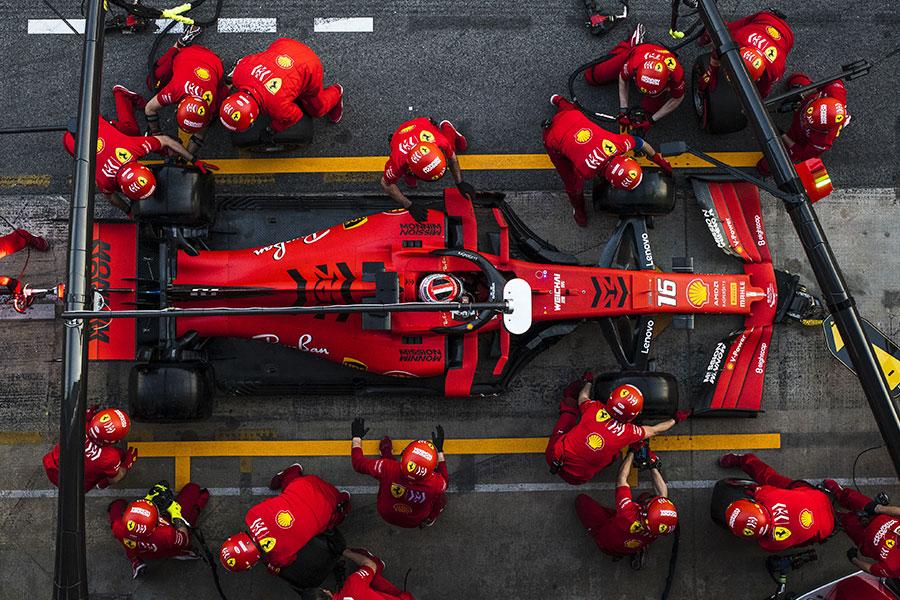
Where is the spirit of fair play in all this? How can we speak in this case of a beautiful and fair competition for glory and a place in history? Formula One racing is a magnificent spectacle preceded by battles and technological innovation. Creating breakthroughs, maintaining staff and competing in the championship itself, generate enormous costs. Wealthy sponsors are by far the most likely to partner with teams at the top of the table. The higher a team ranks, the more money it receives from the competition organiser.
The issue is therefore very simple – to survive, you have to win. It is the pursuit of success, and therefore wealth, that causes teams to choose to spy on their more competitive rivals. The ways of tracking are many, but as ingenious as they may be, the truth usually comes out anyway.
"Spygate" or the biggest spy scandal in the history of sport
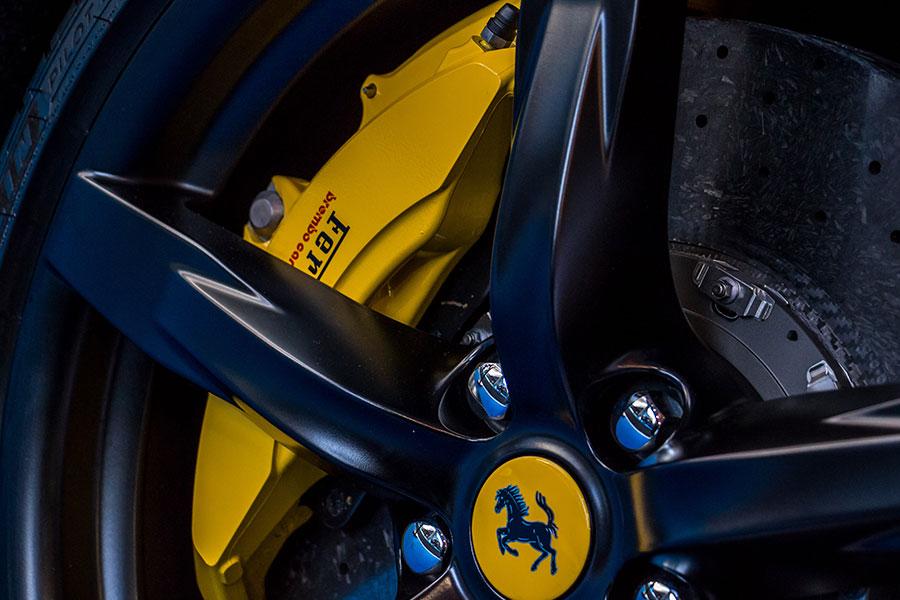
When talking about tracking in Formula One, the events of 2007 automatically come to mind. The world was then shaken by the biggest spy scandal in the history of motorsport. The main anti-heroes of ‘Spygate’ were the legendary teams McLaren and Ferrari, who illegally exchanged Italian team technical data via their engineers.
The scandal came to light during the 2007 season, when an employee at a photocopy shop in the small British town of Woking (where McLaren is based), informed Ferrari that almost 800. pages of team documents had been copied. An investigation was launched and the main suspicion was immediately directed at Nigel Stepney, a Ferrari engineer who had complained heavily about working with the Italian-based stable in the run-up to the events. The second suspect was McLaren’s chief designer, Mike Coughlan. It was in his home that investigators discovered the papers copied by Stepney. The material contained all sorts of information about the Ferrari car, which was at the time the British stable’s biggest rival in the championship battle.
The events quickly made headlines and the International Motor Sport Federation immediately launched an investigation, which was dropped after two weeks. This was because, due to insufficient evidence, the FIA was unable to prove that McLaren had used Ferrari data in its cars. The outcome of the trial outraged many of the other teams such as Renault, BMW and Toyota, so the investigation was reopened, and this time the prosecution received a lot of valuable information.
McLaren boss Ron Dennis, team driver Fernando Alonso, as well as several other engineers and a test driver were supposed to know about the illegal exchange of documents. The affair coincided with an intense conflict between the aforementioned Alonso and his teammate Lewis Hamilton. The world champion Spaniard was furious with the stable management for favouring his younger colleague and threatened Dennis to reveal the backstory of the scam publicly. He even insisted that he had sabotaged the Briton and deliberately under-fuelled his car in subsequent races.
In light of the new evidence, McLaren was fined:
- the largest fine in the history of the sport of $100 million
- disqualification from the 2007 constructors’ championship
- forcing the drivers to cooperate with investigators (so they could keep their points individually)
- being forced to make a public apology to Ferrari, the FIA and the fans
- special car inspections for next season
A legal way to eavesdrop on Formula 1 teams

A well-known and common form of team tracking these days is to listen in on radio announcements during races. Interestingly, practising this solution is fully legal and… possible for anyone with access to internet broadcasting. This is because the F1 TV platform offers a paid package allowing us to watch the competition using, among other things, a virtual map of the track or radio communications of each driver.
From the drivers’ conversations with engineers, we can learn valuable information about planned race strategies or possible technical faults. There is therefore a chance to anticipate an opponent’s move and prevent it from succeeding. However, teams have their own ways of making it difficult for their rivals to read the messages. Often the most important strategic information is established before the race and during the competition it is called individual plans, e.g. ‘plan A’, ‘plan B’, etc.
– We have a special operations room in the factory. Only during the race weekend are twelve team members assigned to this task [of eavesdropping on conversations],
– We usually assign two or three teams to each person so they can listen to the keywords. There’s obviously a lot of irrelevant communication, so they catch the key ones,
– All teams have a legitimate opportunity to listen to the other teams,
– We are keen to hear during the race if the rivals are going down to the pits, if they have a problem with the car, if they are saving tyres, fuel or brakes,
– We focus on the teams we are directly up against.
Graham Watson, AlphaTauri team manager in an interview with Motorsport-Total.com
(January 2020)
Red Bull, Ferrari or Mercedes, painted in your colours? Copying is also espionage
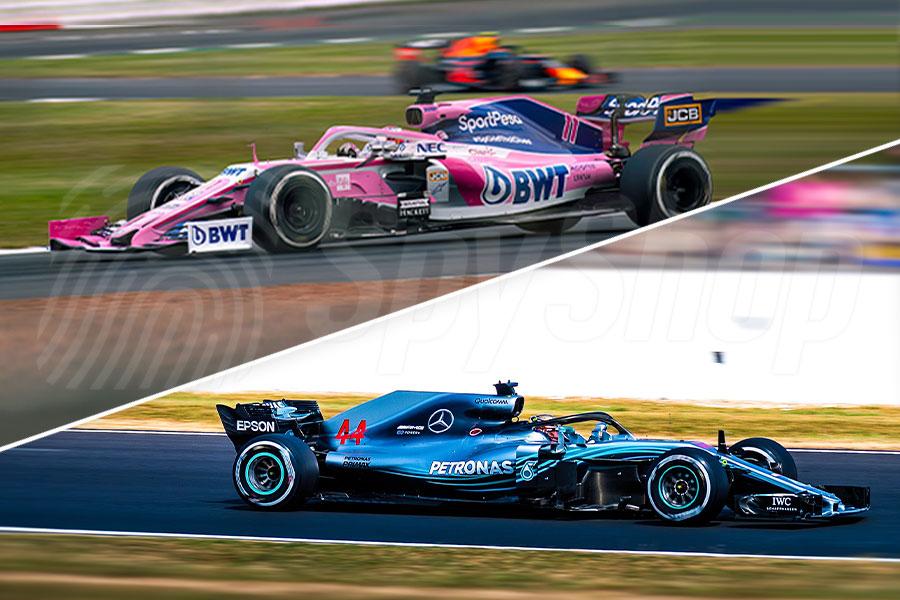
In recent years, it has been a common occurrence in F1 for smaller teams to model themselves on the more advanced ones. For the 2020 season, the Racing Point team built a car that bore a deceptive resemblance to Mercedes’ unbeaten 2019 machine. Developing one’s vehicle from the other team’s documents, plans and designs is strictly forbidden in F1. Despite this, the ‘pink Mercedes’ was allowed to compete by the judges and, thanks to its design, was able to reach the podium on several occasions. A faithfully developed design based solely on carefully taken photographs and observations? Or perhaps a secret and illegal collaboration between the two teams?
A similar situation occurred in the 2022 season, when Aston Martin, trailing at the back of the pack, prepared a completely modified vehicle with respect to its ‘predecessor’ for the Spanish Grand Prix. The new version was virtually identical to the car of Red Bull, the fastest in the championship. The Formula 1 world was in an uproar once again, and this time the ‘green’ equivalent of a rival car immediately benefited the British brand and improved results.
After the Racing Point situation, the judges were also supposed to penalise teams for model vehicle photographs, but this time the investigation also found no irregularities. A big contributor to the voyeurism of the competition is the racing drivers, who often look at the vehicles of their rivals after the competition is over. Multiple world champion Sebastian Vettel was a specialist in this regard. However, racers are not allowed to touch other people’s cars as they face heavy fines for doing so.
Red Bull boss spies on Mercedes at their factory – an original way to track rivals
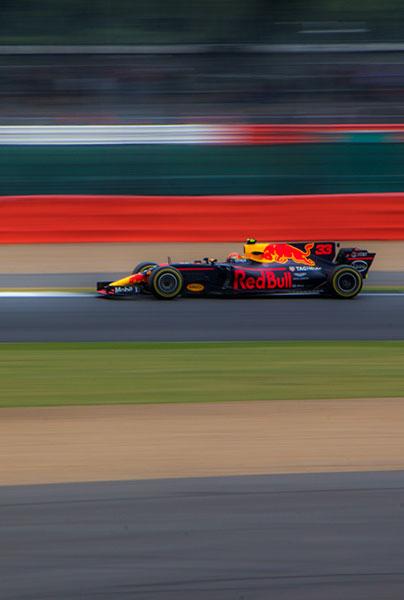
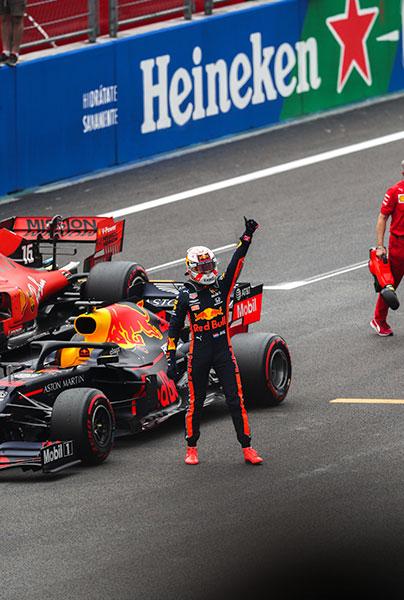
The notoriously clever and cunning Christian Horner came up with such a crazy idea. Brilliant in his craft, the Red Bull boss took part in the annual charity auction held by Autosport magazine at the beginning of 2022. One of the highlights for the most generous donor was a factory tour of the absolute dominator of recent seasons in F1 – the Mercedes team. Guess who won the auction?
Horner paid £4,000 for the chance to get a sneak peek at his biggest rivals, and joked after the event that he would have been happiest taking key members of his team with him on a reconnaissance tour. Ultimately, however, the visit did not take place because the Silver Arrows included a clause in the offer that prevented the heads of rival teams from taking advantage of the prize.
Even the settings of the steering wheel are strictly confidential
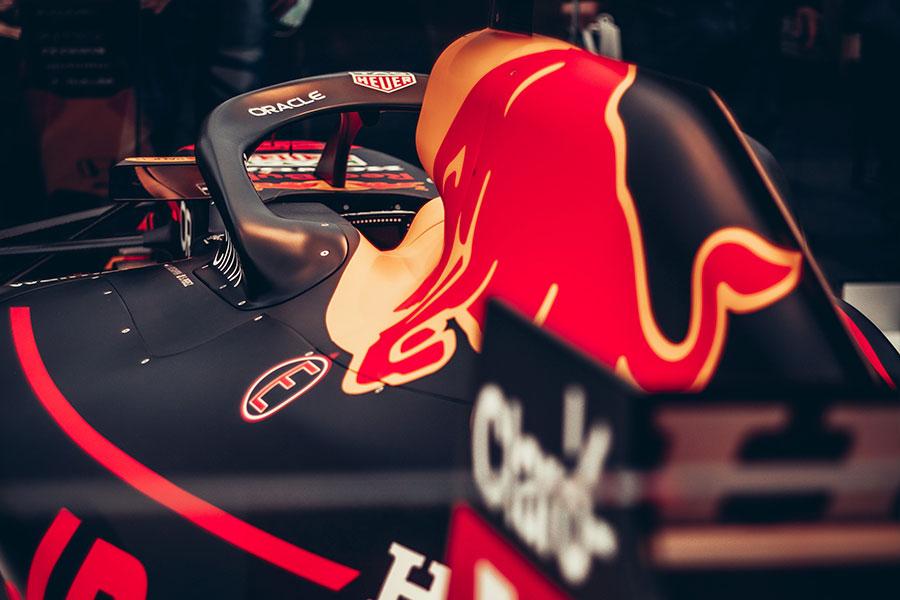
Ahead of the COVID-19 torpedoed 2020 season, Formula 1 made a change to the regulations that, in a way, exposed teams to blatant spying from rivals. Until then, the stables had been allowed to screen their garages during winter test sessions. In practice, this allowed the teams to work quietly on their new designs, with no chance of falling victim to spying. However, the FIA has changed this rule, and nothing is left of the screens. A move aimed at the ‘bloodthirsty’ fans in front of their TV sets – honey on the ears of the individual teams’ spies.
An interesting practice during testing is the use by teams of camouflage paintwork for their cars, which, with its intense colours, is intended to prevent rivals from spotting the technological innovations by means of photographs.
The stables do everything possible to prevent any potentially attractive information from leaking out to rivals. A common sight during broadcasts is the blurring of the settings on the steering wheel, when the realist decides to show the cockpit from the driver’s perspective.
There is a lot to hide in this sport, but keeping even the most hidden secrets is no easy task. After all, there is too much at stake at the top for teams not to undertake breakneck spying procedures. After all, it is as much about exposing the opponent as it is about getting your own team to the top.






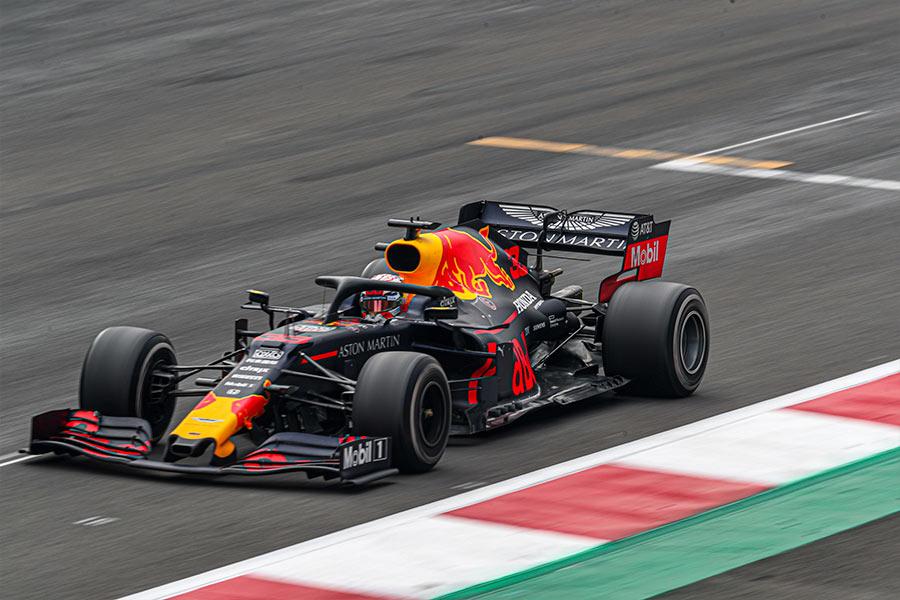




Leave a Reply